Plastic Jar :
Honeycomb with honey (Honey Pie)
Nutritional Value per 100gr
Energy 1506kJ/360kcal
Fat 0g – of which saturated 0g
Carbohydrates 86.5g – of which sugars 86.5g
Edible Fiber 0g
Protein 3.5g
Salt 0.02g
mindyourplate
Honeycomb is basically “raw honey”. Beeswax has very little nutritional value except for traces of vitamin A. However, since the processing does not break down the beeswax, it is an excellent source of the vitamin for the body. After all, raw honey is very nutritious for humans, full of vitamins, enzymes, pollen and antioxidants.
The honeycomb or otherwise the “honeycake” produced by the bees and offered to us in a completely safe wax wrapper, is the most basic part of the hive, formed by hexagonal wax cells in a row that the bees make, to store the honey, the pollen and their larvae.
In fact, the raw honey that is still sealed in the waxy cells of the honeycomb has the highest nutritional value of the other honeys. And this, because when honey is exposed to air, it has a tendency to draw water from the atmosphere. Therefore, honey that is removed from the comb and exposed to air retains about 12% more water than honey that remains sealed in the comb. This dilution makes a small but measurable difference in nutritional value by weight.
Honey that remains sealed in honeycomb wax is arguably the purest form of raw honey!
First of all, it has almost no fiber, fat or protein while containing significant amounts of antioxidants. These include organic acids and phenolic compounds such as flavonoids. Antioxidants have been linked to a reduced risk of heart attacks, strokes and some cancers. They can also benefit eye health.
Either way, eating honeycomb is one way to enjoy the fruit of the bees’ labor while enjoying multiple health benefits, which range from a lower risk of infection to a healthier heart and liver.
This wonderful product is eaten whole: honey, honeycomb and wax. The wax is edible and contributes significantly to the good functioning of the intestine. Its uses are also manifold, from collecting honey directly from the honeycomb with a teaspoon to cutting it up and serving it as a dessert.
It can also be eaten in small slices, plain or garnished with cereals or other delicacies. However, there is no limitation: the honeycomb can also be combined with fresh cheeses or cheeses without many spices or even as an ingredient in doughs for desserts and bread making.
Honeycomb may also contain some additional bee products with potential health benefits such as pollen, propolis and royal jelly. The honey included in a honeycomb (pie) can be from flower honey or honeydew, depending on where the hives are placed, with a taste and color corresponding to each variety that has been collected from the bee colonies (thyme, fir, oak, paliouri, thistle etc).
With raw honey as its main ingredient, it contains enzymes such as glucose oxidase which provide antimicrobial and antibacterial properties. Their levels can be up to 4.3 times higher in raw than in processed honey. Honeycomb naturally contains beeswax, which provides long-chain fatty acids and alcohols. These compounds may help lower cholesterol levels.
NOTE: Honeycomb can be eaten whole, but in some cases taking large amounts of honeycomb can cause stomach problems.

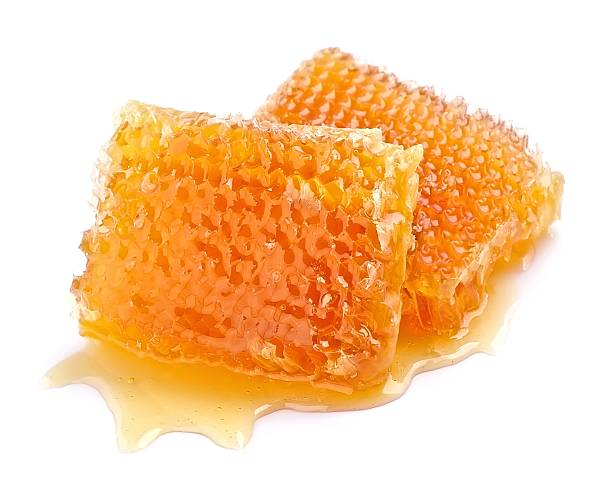
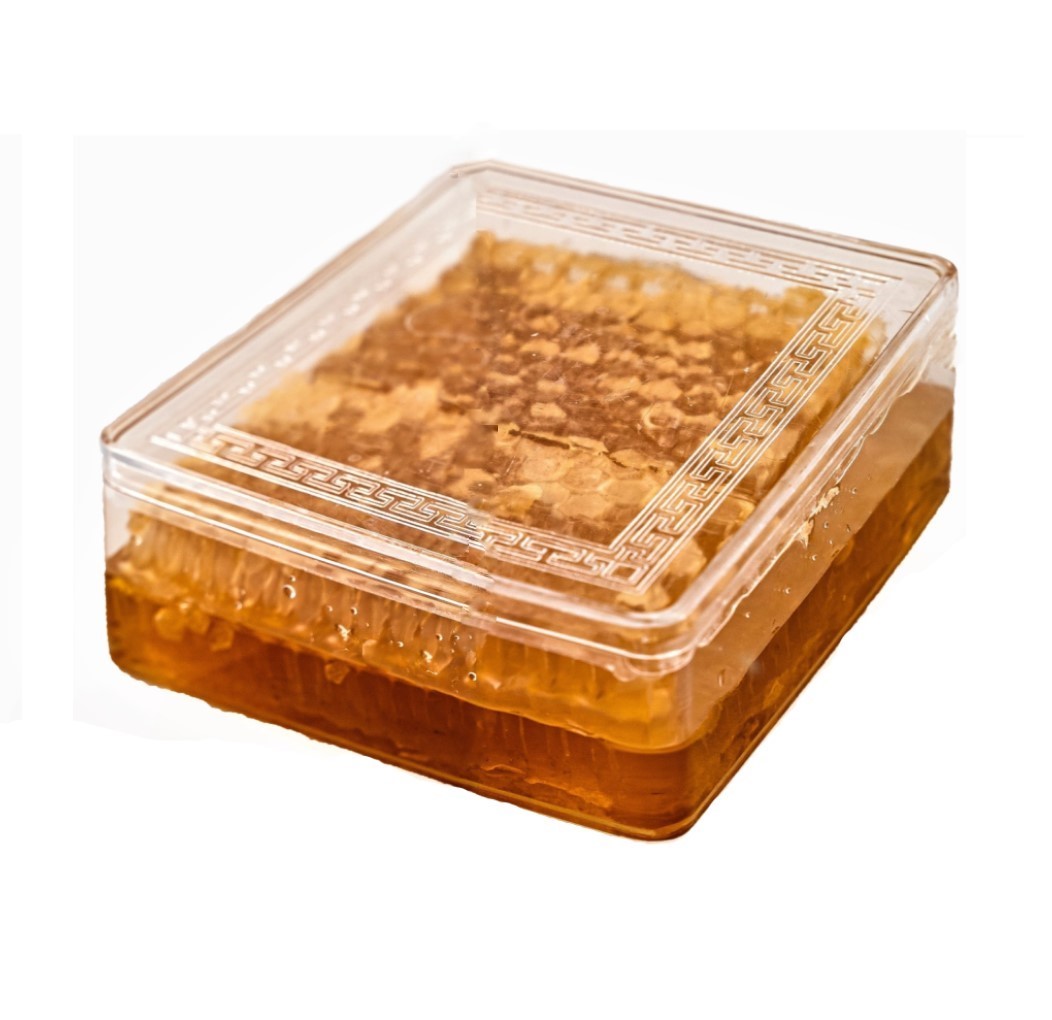
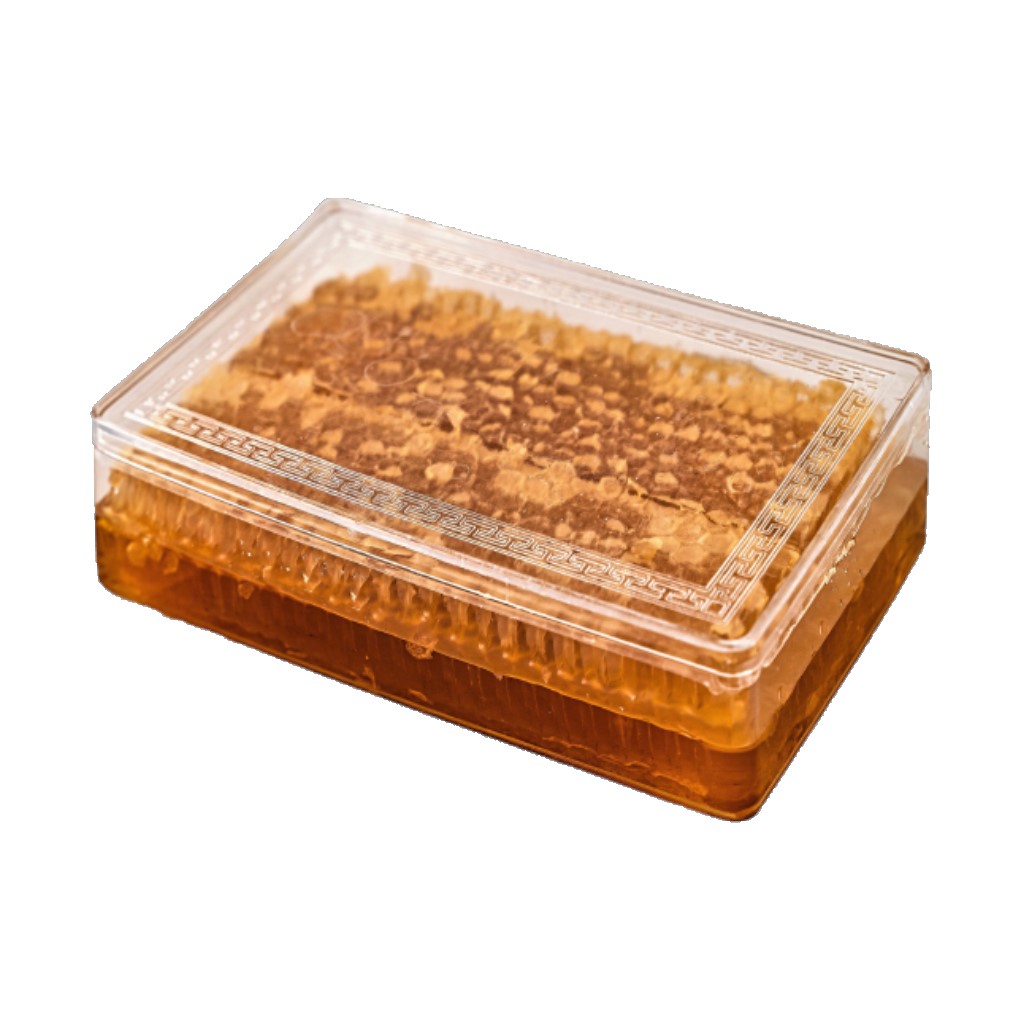
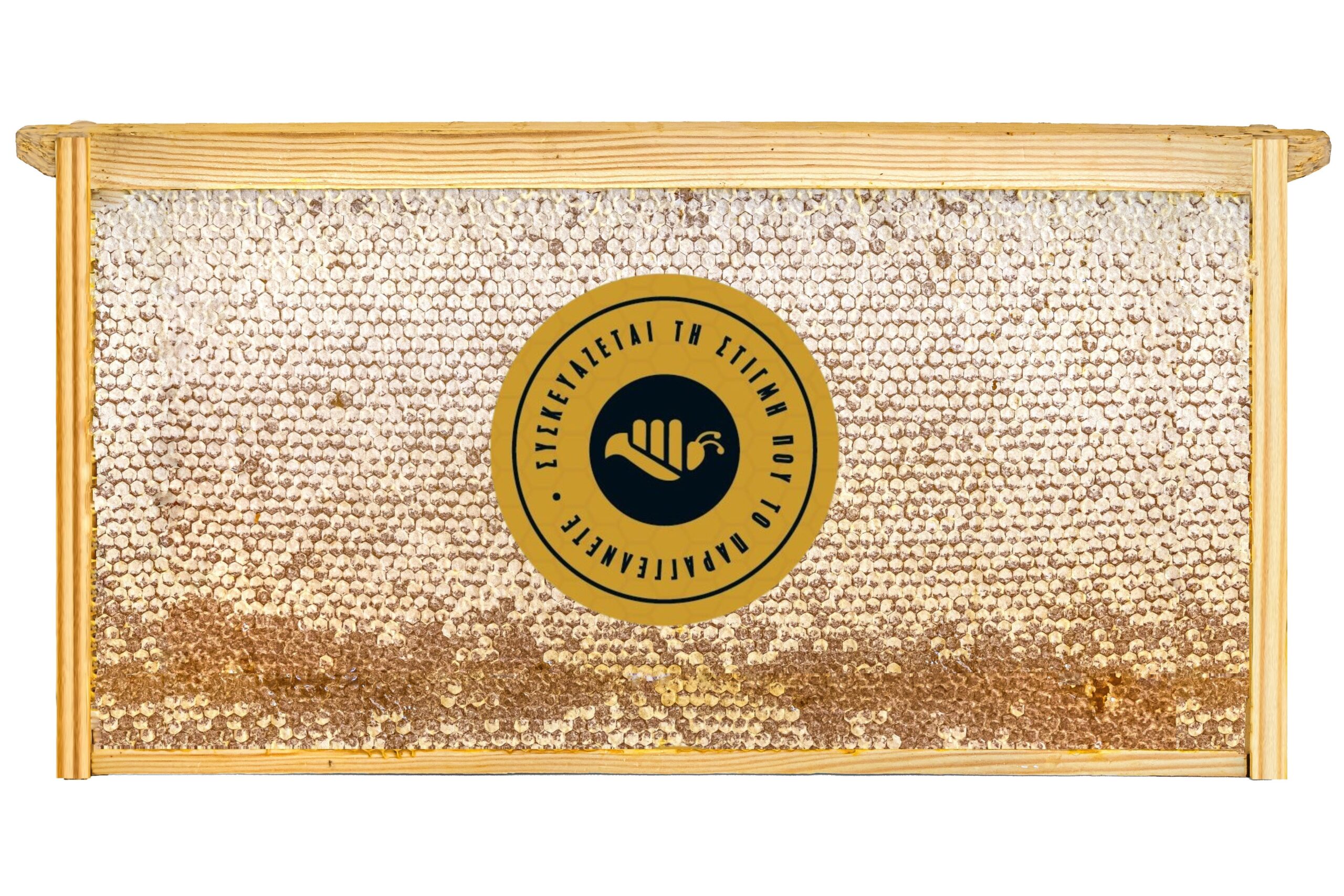
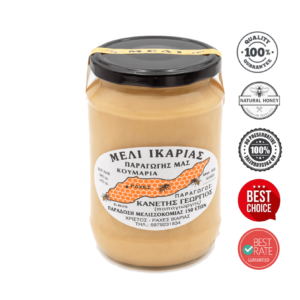




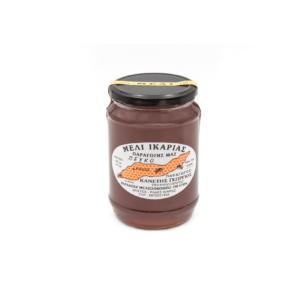
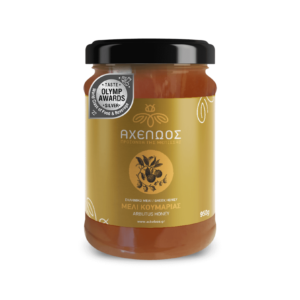








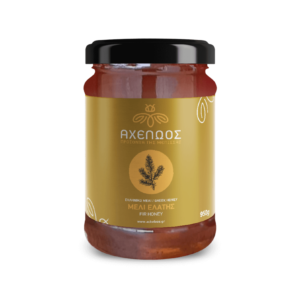





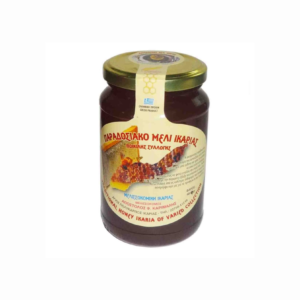
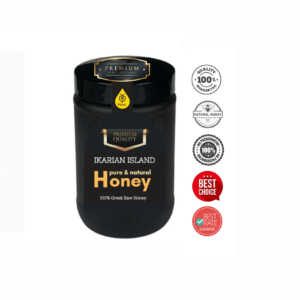









Reviews
There are no reviews yet.